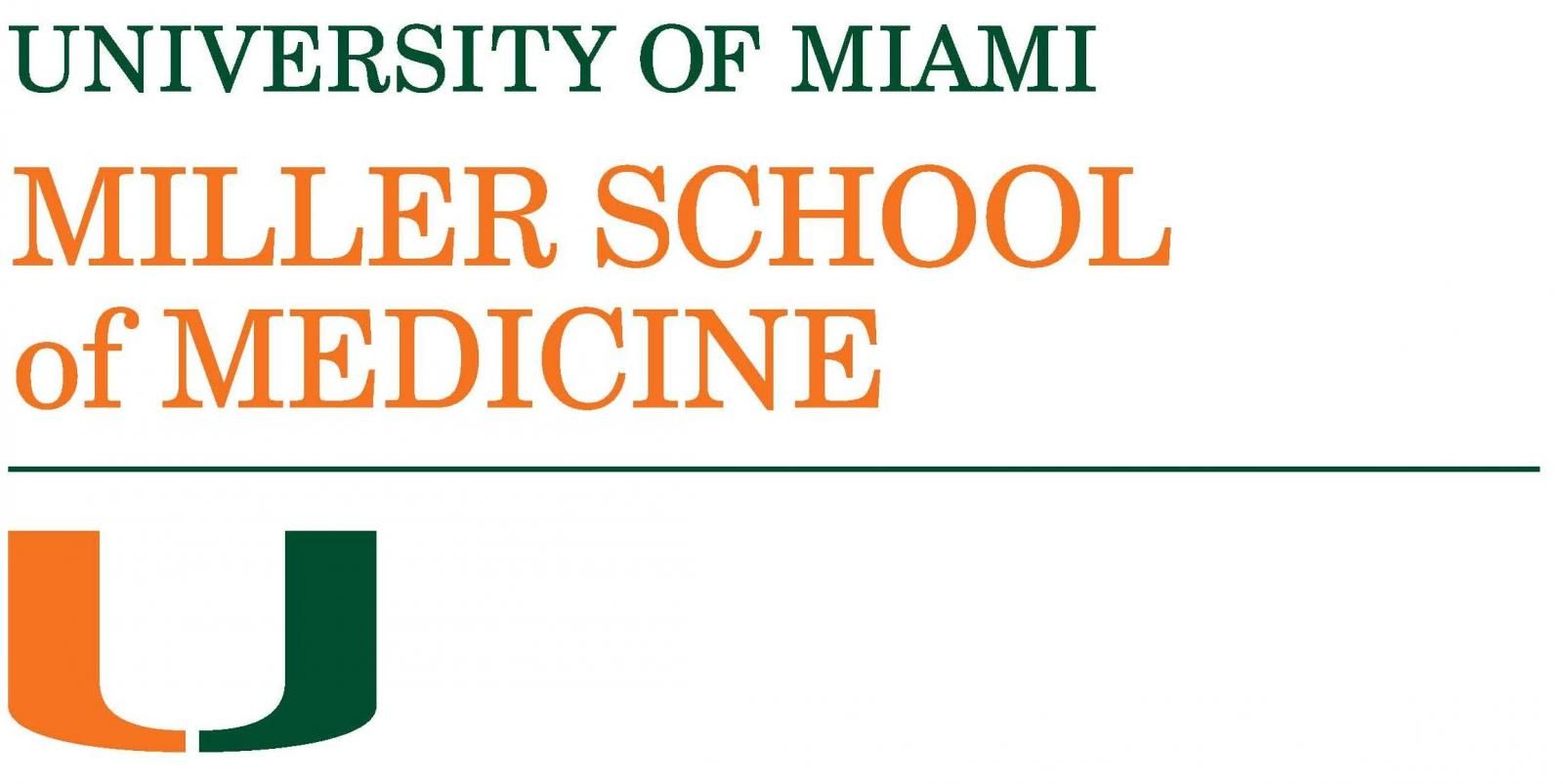
White Paper Calls for Global Adoption of Mechanical Thrombectomy

The Mission Thrombectomy 2020+ group outlined a plan to increase the awareness, accessibility, and action for mechanical thrombectomy utilization for patients with stroke globally.
A newly published white paper from the Society of Vascular and Interventional Neurology’s (SVIN) global initiative, Mission Thrombectomy 2020+ (MT2020+), has called for a push to increase the awareness, accessibility, and action for mechanical thrombectomy for patients with stroke worldwide.1,2
The SVIN group ultimately called for 2 main goals to be achieved. First, the implementation of public health interventions to double global access to mechanical thrombectomy treatments every 2 years for the next decade. Second, to perform 202,000 procedures worldwide by the end of 2020.
Notably, MT2020+ pointed out that the burden of care for stroke extends beyond the United States, which is a global leader in mechanical thrombectomy use. All told, of the estimated 13 million people suffering strokes each year, 20% to 30% are caused by large vessel occlusion (LVO), making them eligible for—and highly treatable by—mechanical thrombectomy.
Even though that percentage is small in relation to the total stroke population, the risk of long-term disability and mortality is much higher with LVO stroke. In fact, Dileep Yavagal, MD, MT2020+ chair, and past-president, SVIN, told NeurologyLive that LVO disproportionately accounts for long-term stroke disability and death in stroke, accounting for almost three-fifths.
“LVO is the most severe form of stroke…and results in significant disability, like loss of speech and loss of movement on one side of the body,” Yavagal, who is also a professor of clinical neurology at the University of Miami. “The standard of care approval of this treatment really was a step forward not just in stroke but in all of medicine.”
READ MORE:
The white paper examines the currently widespread inaccessibility and geographical disparities at play for patients to receive mechanical thrombectomy despite its proven and overwhelming benefit in multiple large studies around the world. As the procedure needs to be performed within the first 24 hours of the onset of symptoms, its outcomes are highly time-sensitive, especially early on.2
Additionally, the paper offers perspective on the cost-effectiveness of patient care that is achieved by the protocols of successful mechanical thrombectomy implementation. One such example provided was from a study that suggested that when performed for acute stroke within 8 hours of symptom onset, the procedure’s incremental cost over standard medical therapy is $12,000 per quality-adjusted life years (QALY) gained, well below the generally accepted threshold of $50,000 per QALY gained.
Additionally, the MT2020+ paper provides a number of educational tools for members of the community, and training initiatives for EMS and healthcare professionals, including information on what baseline qualifications are needed and how to train stroke teams to reduce door-to-need times. As well, it covers initiatives to improve inter-hospital transfers for patients who require mechanical thrombectomy.
“Education around the fact that LVO stroke should be recognized in the field and triaged to the right center is one big educational gap,” Yavagal said. “That’s a prehospital system gap that needs to be addressed in a big way. The second big gap is this understanding that a fair amount of resources and thought need to be put into building a stroke system of care in a community and in a hospital to really make this happen to get the best outcomes. Those are the 2 educational pieces. In the US, the effort to address this gap is being put in by many stakeholders, but that is not where it should be in many parts of the world.”
The white paper is planned to be disseminated in all 6 continents by the 82 Regional Committees of MT2020+, with the long-term goal of wide-spread availability of mechanical thrombectomy as the true standard of care globally. The group noted that progress has been made since 2016, an imminent need for continued efforts remains.
To read the white paper in full,
REFERENCES
1. A Global Push to Increase Awareness, Action and Access to Thrombectomy Care for Stroke Patients is Underway. Mission Thrombectomy 2020+. October 29, 2020. Accessed November 9, 2020. https://www.prnewswire.com/news-releases/a-global-push-to-increase-awareness-action-and-access-to-thrombectomy-care-for-stroke-patients-is-underway-301162546.html
2. Society of Vascular and Interventional Neurology. Mechanical Thrombectomy for Acute Stroke – Building Stroke Thrombectomy Systems of Care in Your Region: Why & How? Published October 24, 2020. Accessed November 9, 2020. https://www.svin.org/files/Final_formatted_SVIN_White_paper_2020_updated_references(1).pdf
Newsletter
Keep your finger on the pulse of neurology—subscribe to NeurologyLive for expert interviews, new data, and breakthrough treatment updates.































